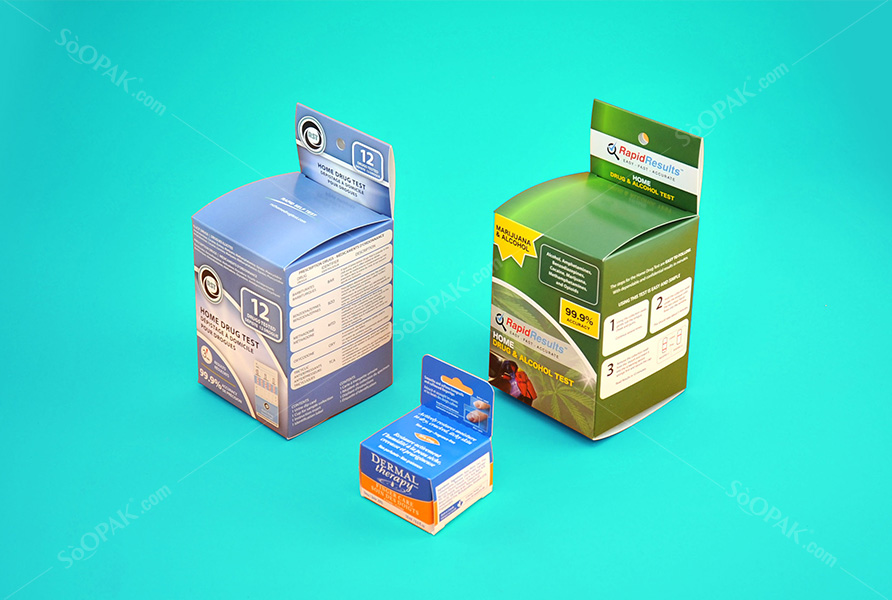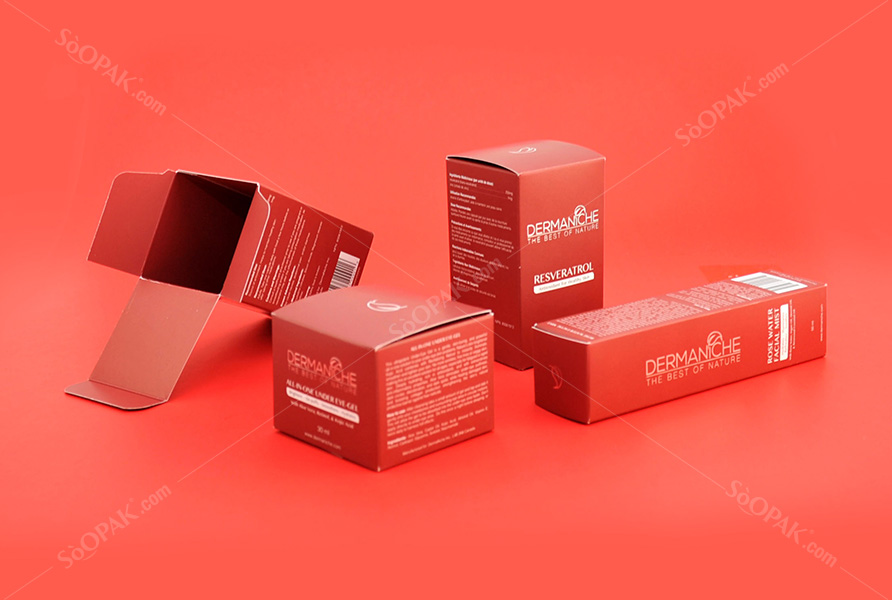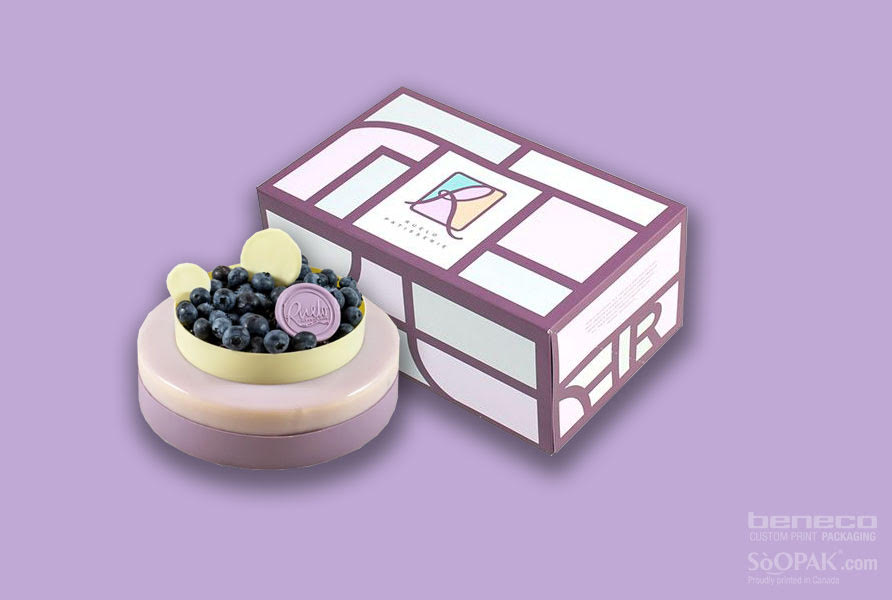There is a growing call for sustainable materials and reduced consumption of single-use packaging materials. While everyone is aware of this, you may not realize just how much advancement has already been made.
Most recently, researchers used banana waste to create biodegradable and recyclable packaging material, potentially offering another alternative to less eco-friendly packaging options.
The Material
This new material comes from Associate Professor Jayashree Arcot and Professor Martina Stenzel at the University of New South Wales. They were exploring methods of reusing agricultural waste. They chose to focus on bananas because just 12 percent of the fruit is typically used, with the rest discarded. Additionally, the plants die after harvests. The fleshy trunk, with its layers known as the pseudostems, is used a little in compost and textiles, but most of it is wasted. The pair wanted to explore if those pseudostems held cellulose, which is useful for packaging and more.
To create their material, the team chopped up the pseudostems and dried them at low temperatures before turning them into a fine powder. That powder is washed to isolate nano-cellulose.
How It Could Apply to Product Packaging
This nano-cellulose can be used in a variety of ways, although the team is most interested in its potential as an alternative to single-use plastic for food. It could be used as the sheer covering for wrapping up individual food items for sale. It could also be made thicker to create other packaging materials, such as the trays used for meat.
The material is non-toxic and recyclable. It is also biodegradable, which the team showed via tests that confirmed it was already well broken down after just six months in the soil. In terms of recyclability, the material could be recycled three times without negative impacts on the properties. Food tests confirm that it is safe to use that way.
The team of researchers says that it could realistically become an alternative to food packaging as well as plastic bags. They would need the banana industry to take part as well as packaging manufacturers. Additionally, people need to be aware of this option for it to see an increase in demand. It will have to start somewhere so people can be inspired by the packaging produced with this material.
They theoretically see the banana growers turning pseudostems into powder to increase their profit, or selling the pseudostems to someone who does this. Then packaging manufacturers could update their equipment so it could turn the resulting nano-cellulose film into food packaging materials.
What It Means for Your Product Packaging
You are unlikely to see packaging materials available from banana waste in the near future. However, this research still shows the numerous ways that the industry is innovating and advancing to create alternatives. It helps show the general acceptance of just how important going green is, all throughout the supply chain.
As you wait to see if innovative alternatives to plastic packaging like the nano-cellulose from pseudostems take hold, you can rely on other methods of reducing your environmental impact, such as choosing recyclable materials.




